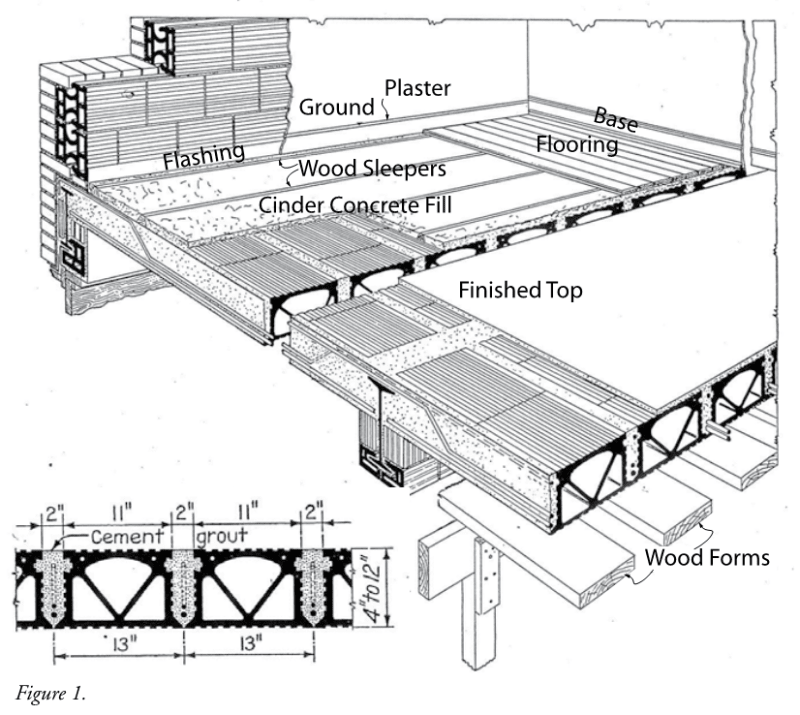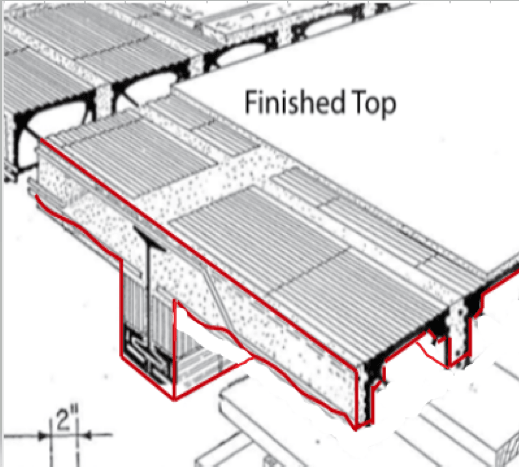JStructsteel
Structural
Looked at a building earlier this week with a structural Terra Cotta floor system (for lack of better term). its make up of reinforced concrete joists, beams and Terra Cotta system between to make up the floor slab or form to pour the slab.
Its in bad shape. I cant find alot of info on the system. From the looks of it, it almost looks like a bar joist encased in concrete in some areas.
Any idea how to even evaluate (in my mind most 'joists' have failed, and its luck holding up most of the building) I raised quite an alarm about the building, i dont see it as a safe building.
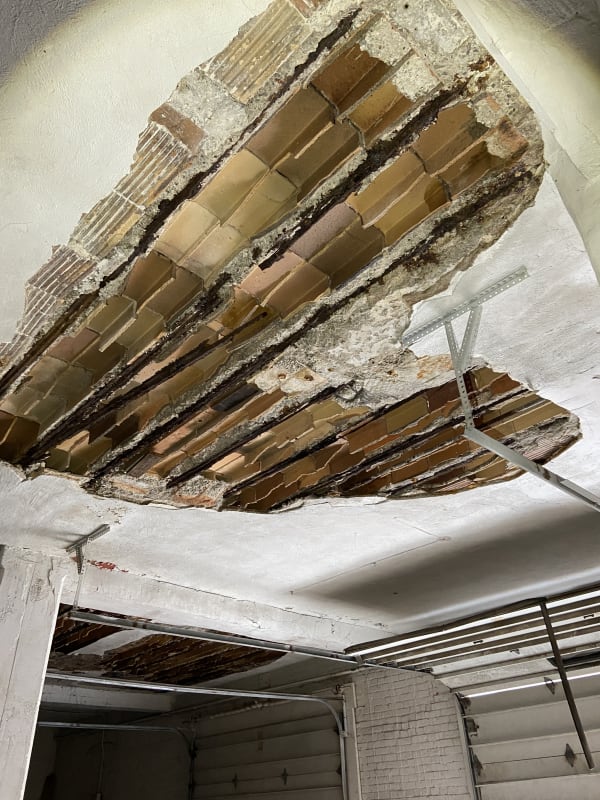
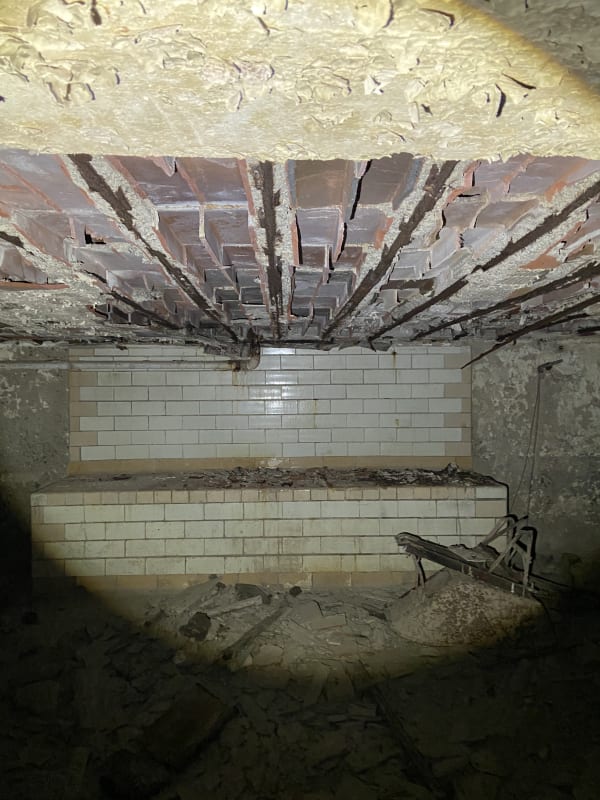
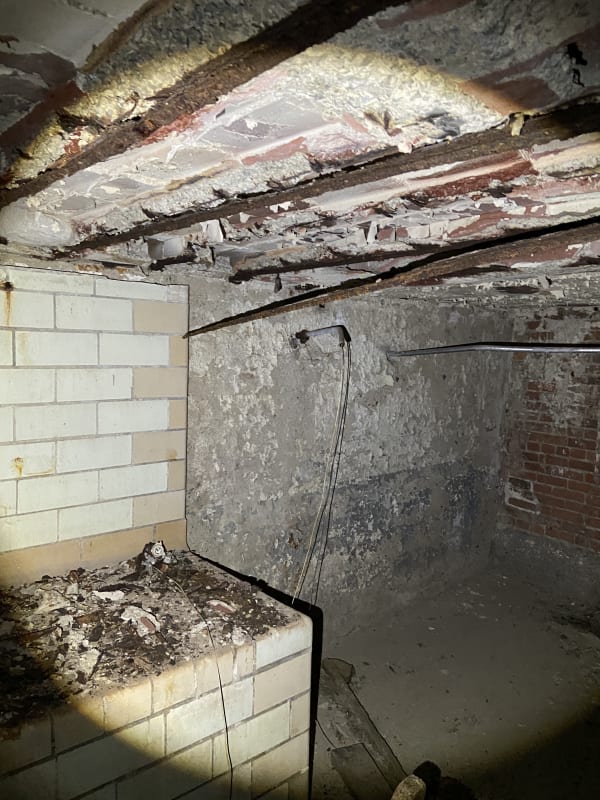
Its in bad shape. I cant find alot of info on the system. From the looks of it, it almost looks like a bar joist encased in concrete in some areas.
Any idea how to even evaluate (in my mind most 'joists' have failed, and its luck holding up most of the building) I raised quite an alarm about the building, i dont see it as a safe building.




